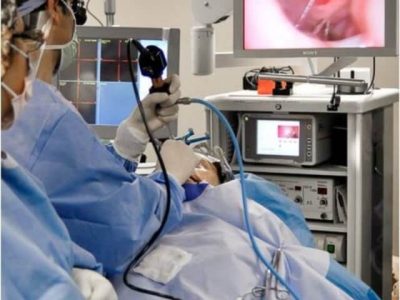WHAT IS PRERSERVATION RHINOPLASTY?
Preservation rhinoplasty is an advanced surgical technique that aims to reshape the nose while maintaining as much of the natural nasal structure as possible. Unlike traditional methods that often involve removing significant portions of bone and cartilage, preservation rhinoplasty focuses on modifying existing structures to achieve desired aesthetic outcomes. While preservation rhinoplasty offers numerous advantages, it may not be appropriate for all patients. Individuals with complex nasal deformities or those requiring significant structural alterations might benefit more from traditional rhinoplasty techniques. A thorough consultation with a skilled facial plastic surgeon is essential to determine the most suitable approach based on individual anatomical and aesthetic goals.
Surgical Techniques Involved:
- Dorsal Preservation: This technique involves lowering the nasal dorsum (bridge) without removing bone, preserving the natural dorsal lines.
- Let-Down and Push-Down Methods: These methods adjust the nasal structures by repositioning them rather than excising tissue.
- Spreader Grafts and Flaps: Utilizing cartilage grafts or flaps to maintain internal nasal support and prevent collapse.
- Ultrasonic (Piezoelectric) Rhinoplasty: Employing ultrasonic instruments to precisely reshape nasal bones with minimal trauma to surrounding tissues.
Ideal Candidates:
Preservation rhinoplasty is particularly suitable for individuals seeking:
- Subtle refinements to the nasal profile.
- Correction of minor dorsal humps.
- Enhancement of nasal tip definition.
Considerations
While preservation rhinoplasty offers numerous advantages, it may not be appropriate for all patients. Individuals with complex nasal deformities or those requiring significant structural alterations might benefit more from traditional rhinoplasty techniques. A thorough consultation with a surgeon is essential to determine the most suitable approach based on individual anatomical and aesthetic goals.






